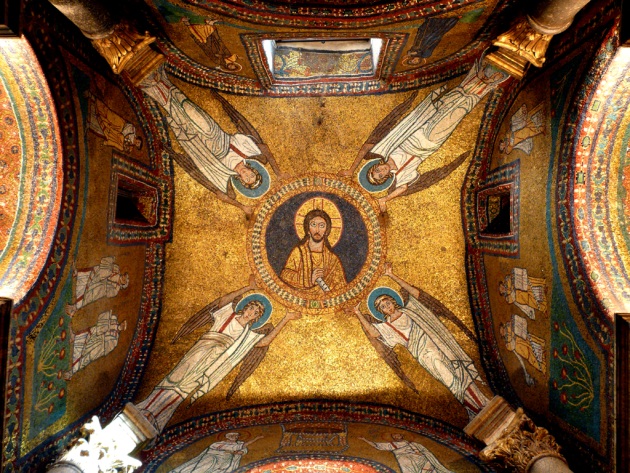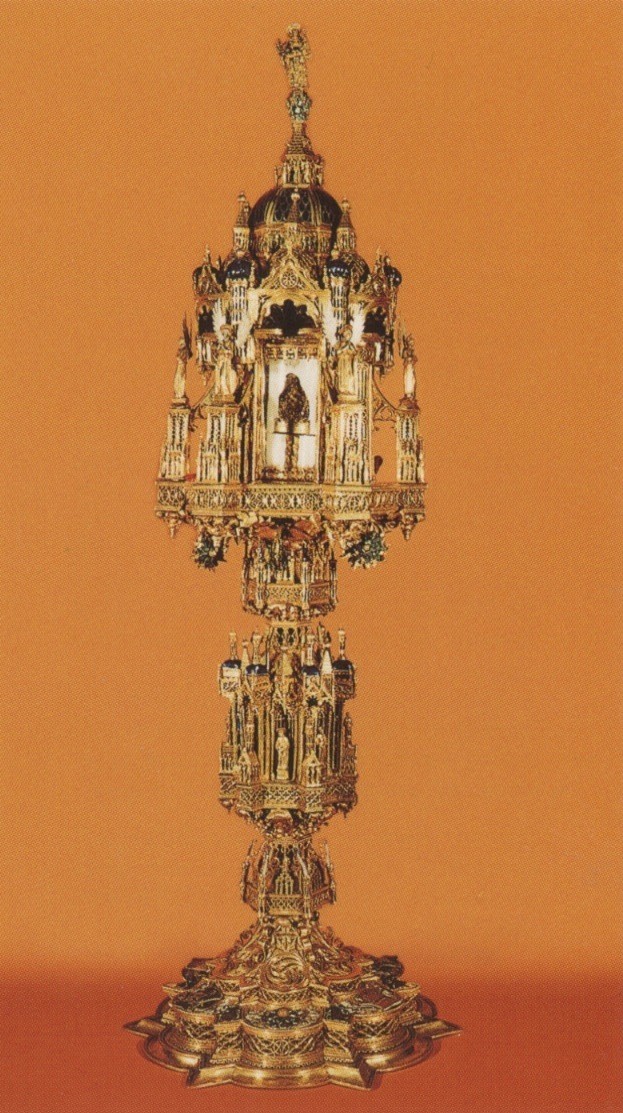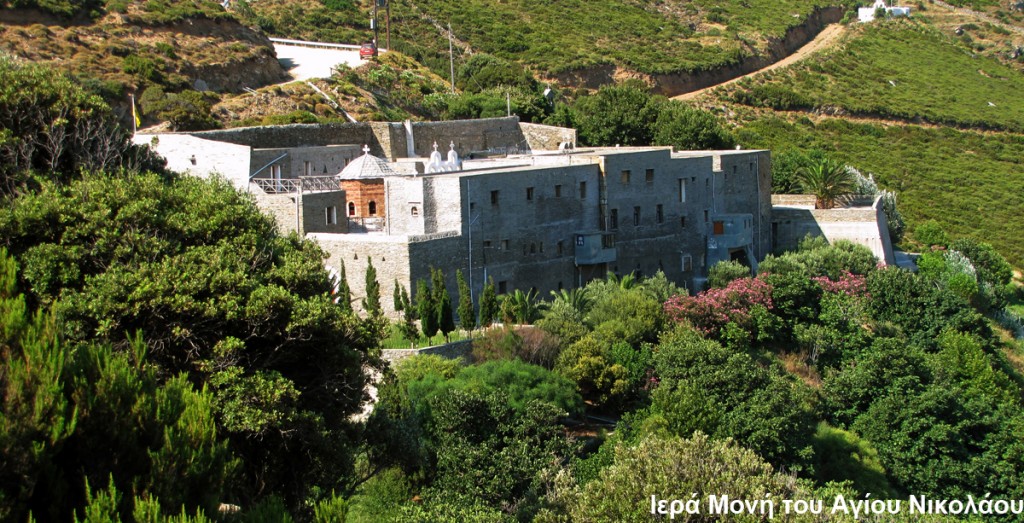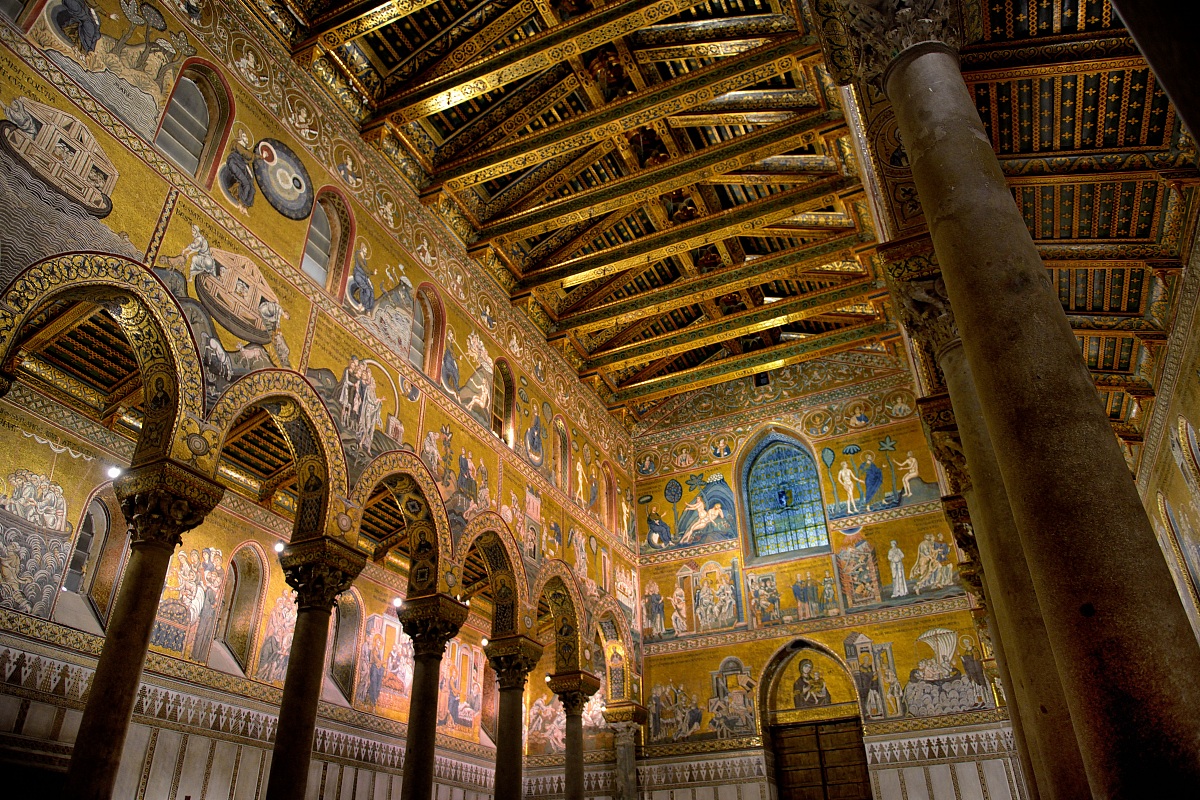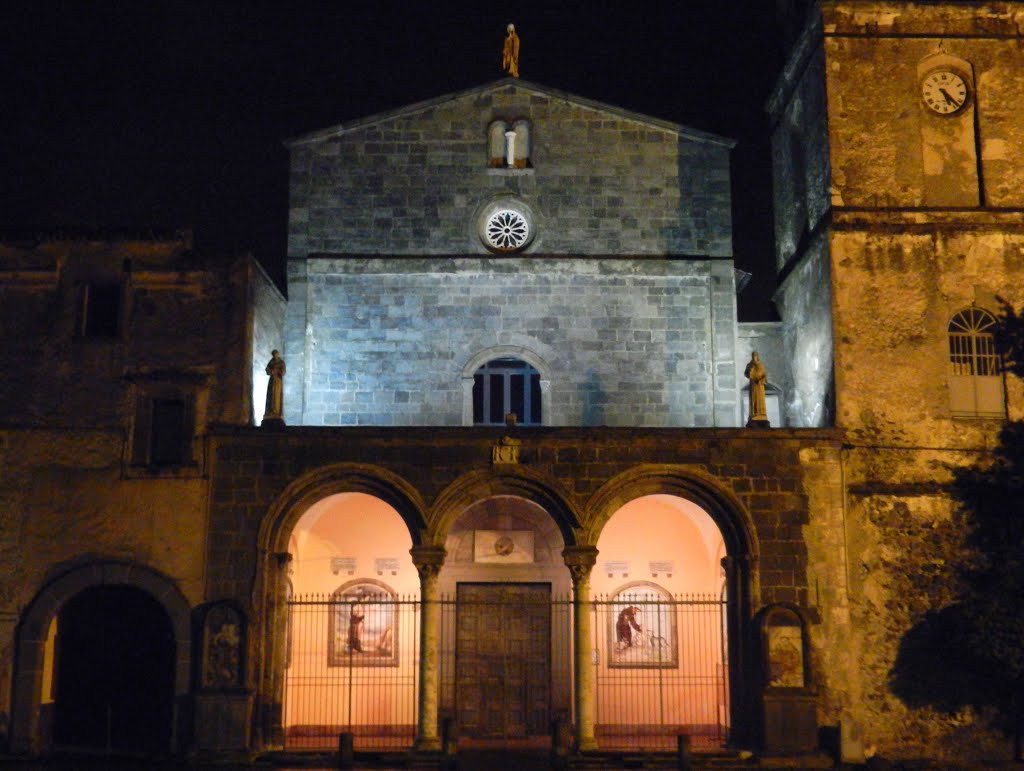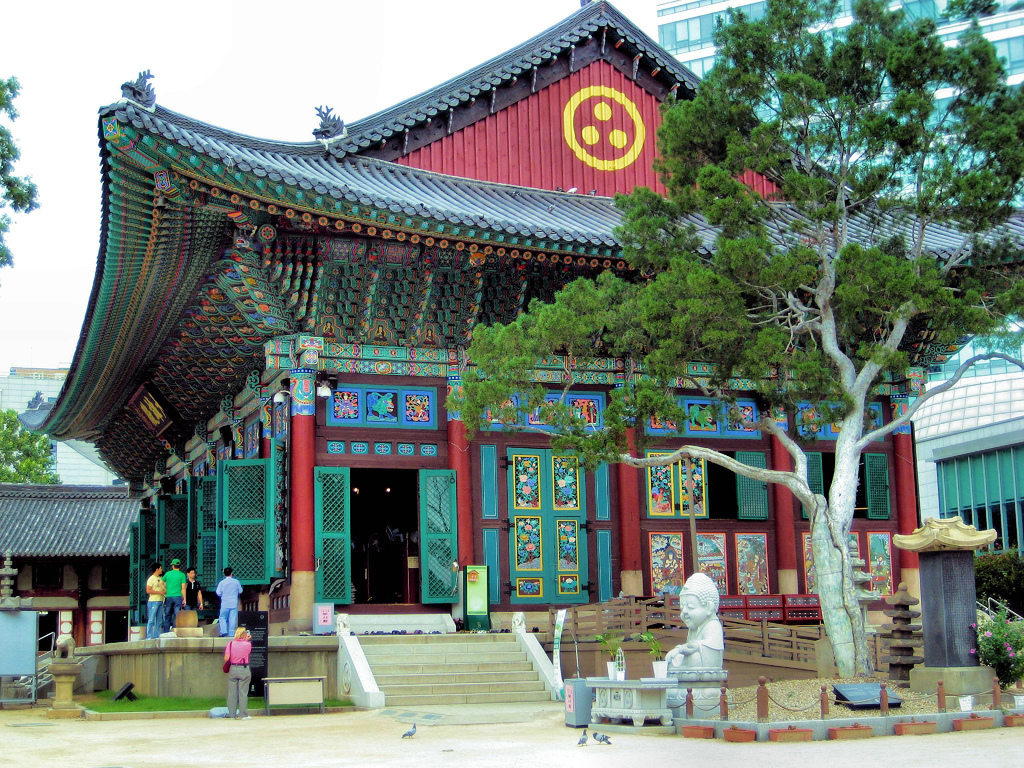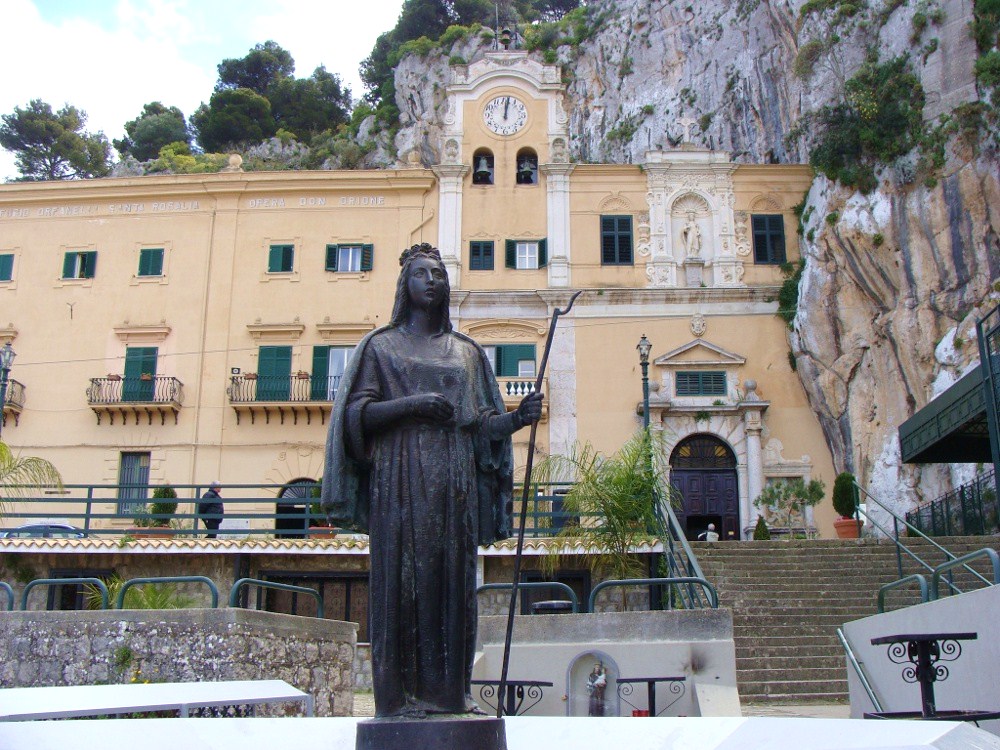The church of Santa Prassede is one of the most beautiful in the city. A unique place, spectacular, with wonderful mosaics and incredible floors. An ancient site where the testimony of holy martyrs is perceived in a very strong way. It is a church that, despite having undergone profound changes over the centuries, retains all the authenticity of its origins. It is difficult to find another place in Rome where one can feel the disruptive feeling of glorious hope that must have accompanied the first Christians. Ready for anything in order to witness and live a faith different from all the others that had ever appeared before on earth. The Basilica of Santa Prassede is located near the Basilica of Santa Maria Maggiore, in the Monti district. The main entrance, seldom used, is in via San Martino ai Monti, while the usual, but secondary, entrance is on the right side of the building, overlooking via di Santa Prassede.
The church has very ancient origins. Around the basilica of Santa Maria Maggiore rose many churches, among which, as a tombstone of 491 attests, a titulus Praxedis. This refers to the events in the family of the senator Pudente (1st century A.D.), whom tradition identifies as one of the first people to be converted in Rome by the apostle Paul; with Pudente, his daughters Pudenziana and Prassede were also converted to Christianity. Pudente owned a villa, the remains of which are nine metres below the present basilica, in which he hid persecuted Christians, according to some sources including the apostle Peter. When Pudente was martyred, Prassede and Pudenziana, with the consent of Pope Pius I, had a baptistery built in 142/145 c.a. to baptize the new Christians. Praxedes and Pudenziana also suffered martyrdom during the persecutions of Antoninus Pius.
When Pudenziana died, Prassede used her family’s patrimony to build a church "sub titulo Praxedis". She hid many persecuted Christians, when they were discovered and martyred, she collected the bodies to bury them in the cemetery of Priscilla on the Via Salaria, where she was also buried along with her sister and father. It is said that Prassede collected the blood of the martyrs with a sponge and poured it into a well.The plan of the Basilica takes as a model the plan of the primitive Basilica of St. Peter, with a central nave, two side aisles divided by columns, a transept and an apse, outside a portal with stairs and a portico.
The facade of the basilica, not visible from the street, is inside a quadrangular courtyard bordered by residential buildings. The access to the open space, that remembers, even if in part, the ancient paleochristian quadriporticus, in which some columns have been found, some probably belonging to the original quadriporticus, is through a long staircase downhill that opens on via di San Martino ai Monti with the ancient original prothyrum with Romanesque barrel vault supported by two columns with ionic capitals, the one on the left original Roman, the one on the right medieval remake. At the base there is a small loggia in a sober baroque style added in the 16th century.
In the walls of the staircase, the lunettes of the ancient ciborium have been placed. But what surely captures the attention immediately, are the extraordinary mosaics present in the Basilica, which completely cover the basin and the apsidal arch, together with those in the Chapel of San Zenone, for which the basilica is called "the garden of Paradise". Skilled Byzantine artists decorated the church with golden mosaics, making it a real jewel to be read and discovered. A set of mosaics that has no equal in the Roman Middle Ages for chromatic fantasy, complexity and richness of symbols: the Heavenly Jerusalem to which the chosen ones arrive; Christ surrounded by Angels and Saints as well as the complicated themes of the Apocalypse. Entering the Chapel of San Zenone, you will first of all fully perceive the affection with which Paschal I had a very precious mausoleum built for his beloved mother Theodora. A small chapel in which, however, the immense presence of gold dazzles and stuns with its brilliance, while refined figures take shape thanks to precise mosaic tesserae that draw Christ, the Madonna, Saint Praxedes and obviously the bishop Theodora, portrayed with the square nimbus of the living. In the vault four elegant angelic figures seem to hover above our heads, holding a garland around the shoulders and head of the Saviour. An environment full of enchantment, which becomes perhaps the most extraordinary chapel decorated with mosaics that can be admired in Rome … the garden of paradise indeed!
